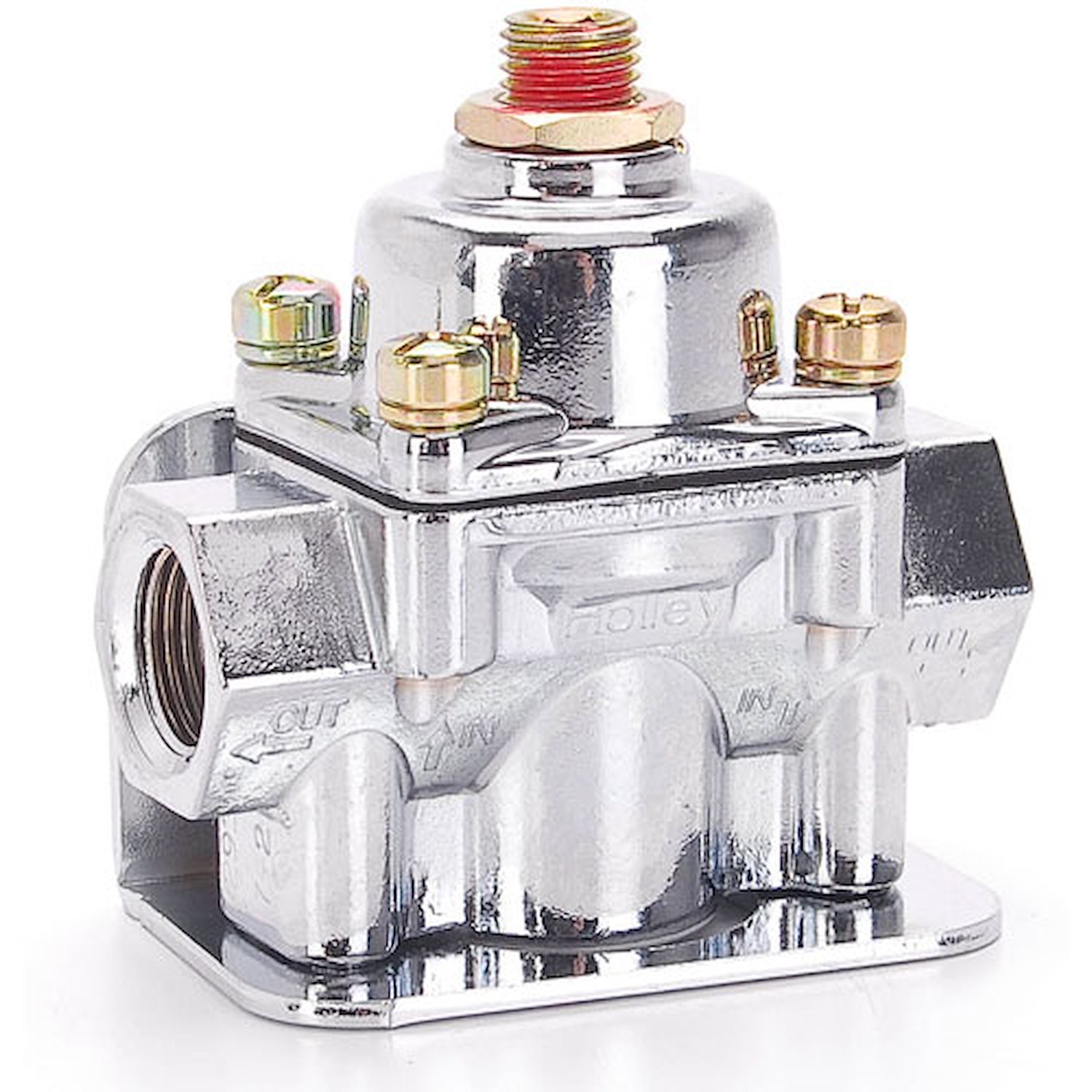1st drive with the Webers
After much tuning , inquiring, asking, fretting and applying I finally got the "tune" where I felt comfortable to take it out on the road with the IDA's. After reading about all the possible transition problems and considering the potential need for the "3rd Transition hole" I was relieved to find that as of now the car and carbs seem to flow seamlessly from 1500-4000 without ANY hickups or hesitancy. I only drove it for about 20 minute and went down to visit a friend who wanted to see the final install. Unfortunately the 2 piece upper radiator hose began to slide off of the metal tubing piece that forms the joint for the 2 pieces of hose and I began to lose the coolant after I stopped. While we had it idling one of the floats appeared to stick and raw fuel began to get dumped so I shut it off. It continued to drip for a couple of minutes.
Have any of you had a float stick like this? What caused it? I have fuel filters inside each carb and in the line prior to the mechanical pump and 2.5# constant pressure. Looking for a answer for that (????)
Also.......
While the bypass hose is eliminated with the dual outlet manifold I am using and the thermostat that Ingelese markets which fits inside the upper hose (I drilled several (10?) small holes) around the perimiter in an attempt to allow a small amount of flow and create a means for any steam to escape but I wonder if the thermostat (1 1/2" diameter) which has a smaller center opening could be causing the increased pressure build up.
No air filters............
Thanks
__________________
Rick
Ban Low Performance Drivers, Not High Performance Cars!
After much tuning , inquiring, asking, fretting and applying I finally got the "tune" where I felt comfortable to take it out on the road with the IDA's. After reading about all the possible transition problems and considering the potential need for the "3rd Transition hole" I was relieved to find that as of now the car and carbs seem to flow seamlessly from 1500-4000 without ANY hickups or hesitancy. I only drove it for about 20 minute and went down to visit a friend who wanted to see the final install. Unfortunately the 2 piece upper radiator hose began to slide off of the metal tubing piece that forms the joint for the 2 pieces of hose and I began to lose the coolant after I stopped. While we had it idling one of the floats appeared to stick and raw fuel began to get dumped so I shut it off. It continued to drip for a couple of minutes.
Have any of you had a float stick like this? What caused it? I have fuel filters inside each carb and in the line prior to the mechanical pump and 2.5# constant pressure. Looking for a answer for that (????)
Also.......
While the bypass hose is eliminated with the dual outlet manifold I am using and the thermostat that Ingelese markets which fits inside the upper hose (I drilled several (10?) small holes) around the perimiter in an attempt to allow a small amount of flow and create a means for any steam to escape but I wonder if the thermostat (1 1/2" diameter) which has a smaller center opening could be causing the increased pressure build up.
No air filters............
Thanks
__________________
Rick
Ban Low Performance Drivers, Not High Performance Cars!
Last edited:


